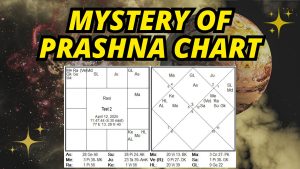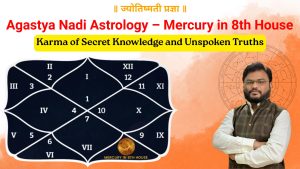18
APR 2015
Yesterday one of client from Canada , ask me , astrologers uses 9 planets for predicting events and actually in our solar system we have 8 planets (Mercury,Venus, Earth, Mars, Jupiter, Saturn, Uranus, Neptune.) . Neither our Vedic system of astrology including Uranus or Neptune and we considering Rahu and Ketu as planet. But technically rahu and ketu are not planet. I encountered this same question many times by many people.
So , i decided to write a blog on this topic, first of let us see what exactly a definition of Planet ,
” a celestial body moving in an elliptical orbit round a star.”
or “Planet is defined as an astronomical body in the solar system that moves around or orbits the Sun.”
Now let us understand the definition of Graha mentioned in our Vedic scripture
Graha is defined as an astronomical body in the sky “that moves” and have some ” vibrational impact “. The very meaning of the word Graha in Sanskrit is “the one that moves and vibrational impact”.
Now see the difference between the definition of Garaha and Planet . Planet is always reference to Sun and its orbit, but in our vedic/sanskrit definition of graha is the object which have huge vibrational influence on the human body or the nature or celestial body.
What is therefore special regarding the movement of those Grahas? If you examine the sky, the position of stars is usually constant, it’s the position of Grahas that keeps dynamical due to theirclose to locality to Earth. Not only planets, however even Sun and Moon keep dynamical their positions within the sky.
Surya (Sun), Budha (Mercury), Shukra (Venus), Chandra (Moon), Mangala (Mars), Guru (Jupiter), Shani (Saturn) – they all are in constant motion in the sky, they all are hence Grahas.
What about Rahu and Ketu?
The other argument made against Grahas is that, two of the grahas – Rahu and Keu, do not exist at all!
Well yes, where have they claimed that Rahu and Ketu can be “seen”. Rahu and Ketu are actually classified as Chaya Graha (meaning shadow grahas, not the real ones). Rahu and Ketu are actually the points of intersection of the paths of the Sun and the Moon as they travel in the celestial sphere. Rahu is the north lunar node and Ketu is the south lunar node.
It is also a well known fact that eclipses occur when Sun and Moon are at one of these lunar nodes (Rahu or Ketu). Hence you have this story in India about Rahu swallowing the Sun.
Rahu and Ketu are included in the list of Grahas, even though they don’t have any physical presence in the sky. This is because their positions were used in Indian astronomy to calculate the occurrence of eclipses. Nevertheless all those classified as Grahas move in the sky, and not all are physical bodies, two of them are shadow objects (Chaaya Graha). The term “Shadow” is used because moving into their position causes eclipses for Sun and Moon.
The common phrase used in Indian languages, “why are you sitting as if Rahu has caught you” while referring to people looking blank, is because even the Sun goes blank when Rahu catches it.
Why no Uranus and Neptune ?
Not just because they are not visible to the naked eye in the night sky. But because even when observed through telescope they don’t “move” with any observable speed in the short term as they are lot more far away than the farthest Graha Saturn.
Why no Earth ?
Again because, we don’t observe earth moving in the sky. We stay on earth, and the definition of a Graha is the one which moves in the sky.
What about Pluto? Sorry, not a Planet anymore.
Coming back to modern astronomy, for those who are unaware, the number of planets today is not 9, but 8. Pluto was removed from the list of planets in 2006, and a new definition has been given to planets today which only applies to the solar system. According to this definition a planet in its orbit around the sun should also have cleared its orbits of any competing bodies for the orbit. Now since Pluto keeps crossing into Neptune’s orbit every now and then, and is dictated by Neptune’s gravity, Pluto is no longer classified as a Planet.
So while all these days modern astronomy taught us that there are nine planets in the solar system, today we are being told that there are only 8! The 9th one was a mistake.
Ok fine, but by the new definition of “clearing the neighborhood”, shouldn’t even Neptune be removed from the list of Planets? After all Pluto keeps crossing over into Neptune’s orbit every now and then. Neptune might be controlling Pluto’s orbit, but it definitely hasn’t cleared Pluto out of its neighborhood isn’t it?
We still have 9 Grahas and a consistent definition even after thousands of years, while planets have ranged from 7 Planets to 8 Planets to 9 Planets and back to 8 Planets now in just past 2-3 centuries











